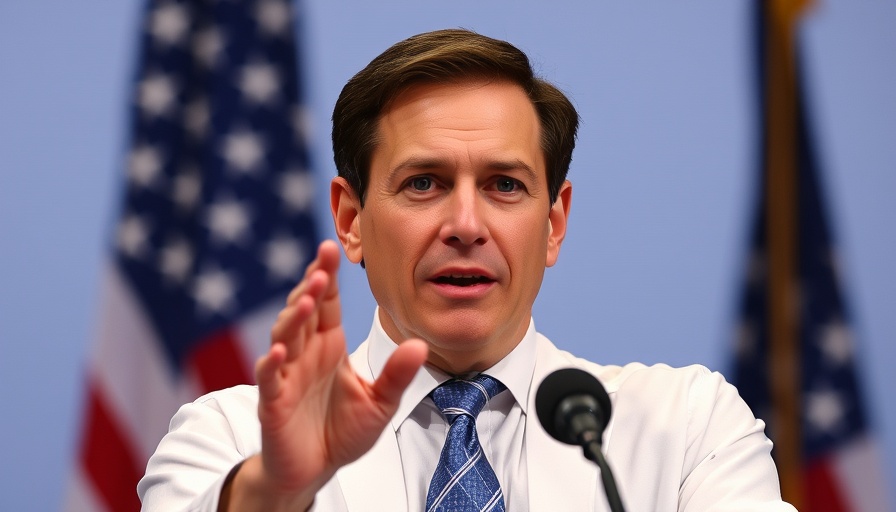
Rising Cybersecurity Threats in Healthcare
As healthcare organizations accelerate their digital transformation, they are increasingly becoming targets for cybercriminals. The rise in ransomware attacks, cloud vulnerabilities, and sophisticated phishing campaigns pose significant risks to patient data and operational integrity. Healthcare professionals must recognize the dual challenge: maintaining patient care while fortifying their cybersecurity defenses against evolving threats.
The False Sense of Security in Patch Management
Recent trends reveal an alarming reality; despite aggressive patching efforts, many healthcare organizations are still vulnerable. According to SonicWall, while patching is essential, it cannot be the sole strategy for defending against attacks. Vulnerabilities such as remote code execution may be prevalent, but attackers often exploit less obvious vulnerabilities that can have devastating consequences, showcasing the need for a multi-faceted cybersecurity strategy.
Adaptive Cybersecurity Strategies for a New Era
To address these challenges, healthcare organizations should adopt an adaptive cybersecurity approach that encompasses regular security training, data encryption, and robust identity management. Empowering employees through continual education on security practices can significantly reduce the risk of falling prey to phishing attempts and other social engineering tactics.
Future-Proofing Healthcare Against Cyber Threats
Looking ahead, it is clear that the integration of AI and new digital health tools will play a critical role in enhancing cybersecurity measures. AI-driven health solutions can analyze vast amounts of data to detect anomalies and potential threats in real time, allowing for faster responses and stronger defenses. These innovations are not only crucial for protecting sensitive patient information but also vital for ensuring the continuity of care in an increasingly digital landscape.
As the healthcare industry evolves, prioritizing layered cybersecurity will not only protect against current threats but also pave the way for future advancements in health technology.
 Add Row
Add Row  Add
Add 




 Add Row
Add Row  Add
Add 



Write A Comment